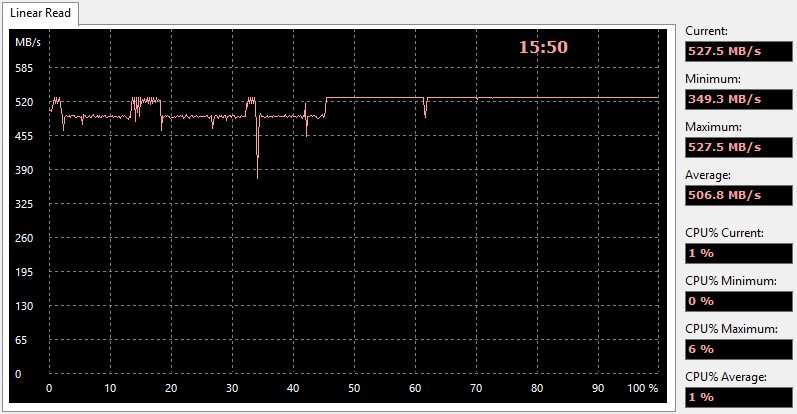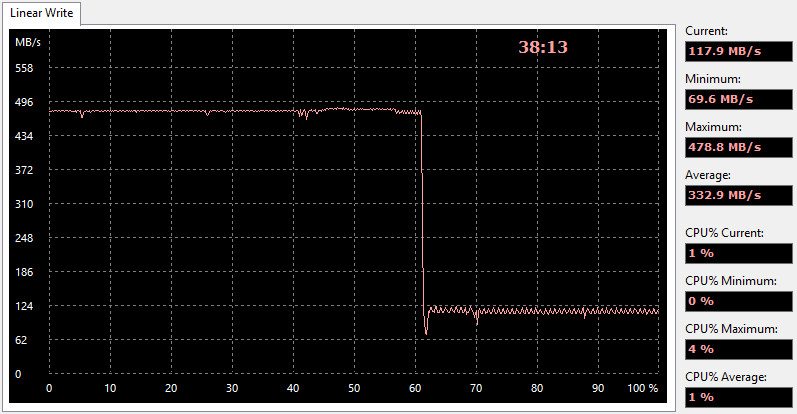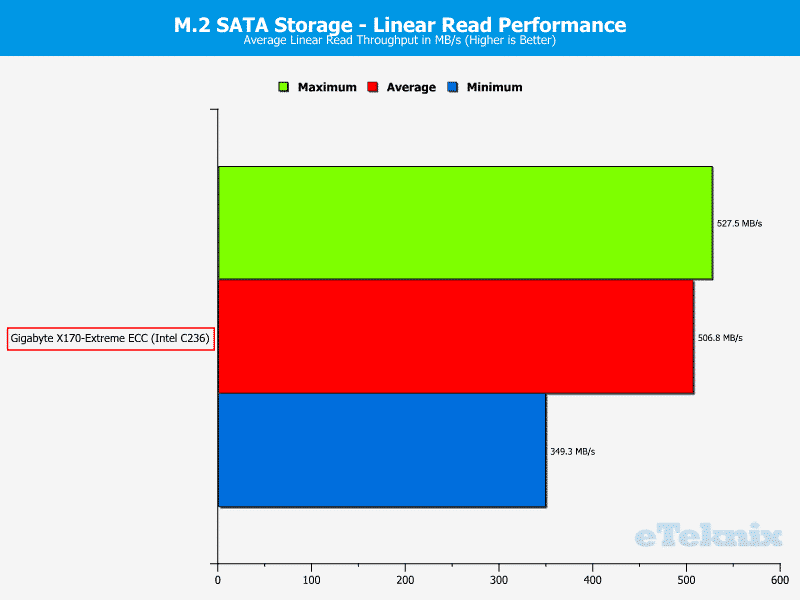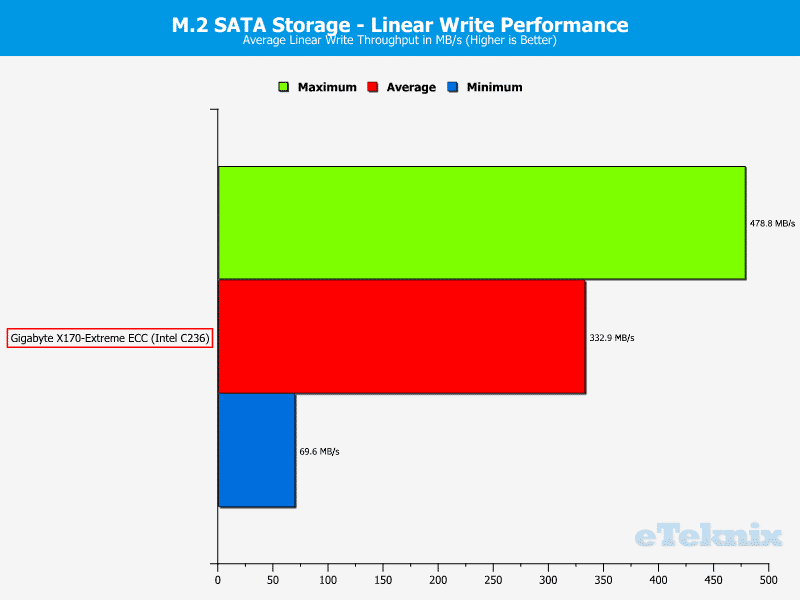Gigabyte X170-Extreme ECC (Intel C236) Motherboard Review
Bohs Hansen / 9 years ago
Storage Performance
To test the storage performance in our motherboard reviews I use AIDA’s Disk Benchmark utility built into their AIDA64 Engineer Edition software package and run linear read and write tests.
We run the benchmark tests on the SATA III and USB 3.0 as well as any other storage options available. For SATA III testing, I’ll use a Toshiba HG6 512GB workstation SSD and for USB 3.0 an Angelbird SSD2go Pocket 512GB portable SSD. The PCIe capabilities are being tested by one of Intel’s amazing 750 series SSD 1.2TB PCIe drives.
SATA (ASMedia) Performance
SATA is the somewhat traditional interface used by most drives. The Toshiba HG6 drive might not be the fastest, but it is a workstation drive and as such a good solution for a system build with a motherboard like this.
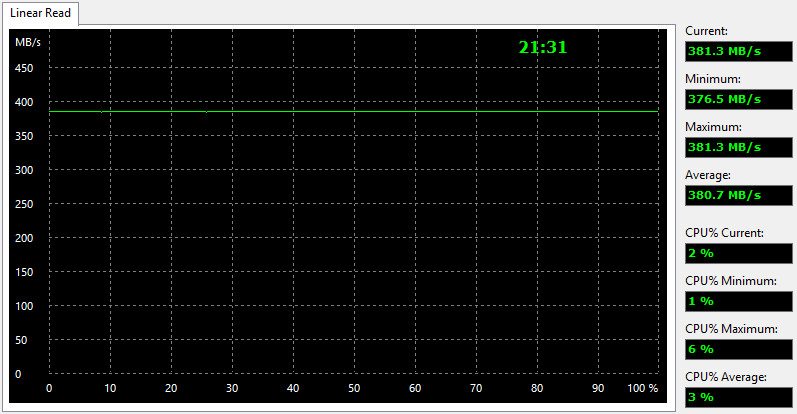
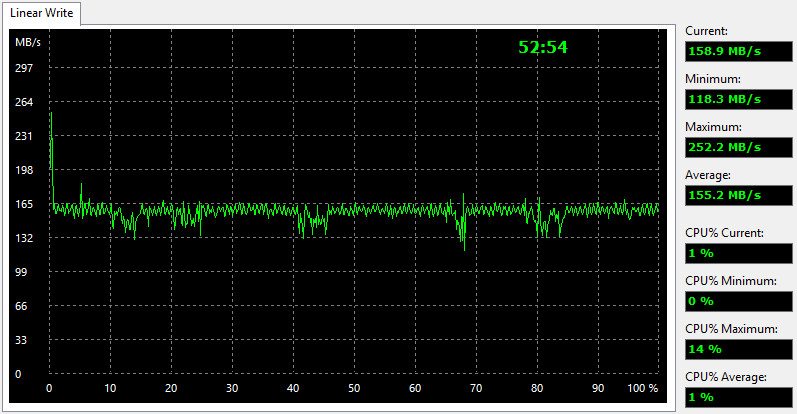
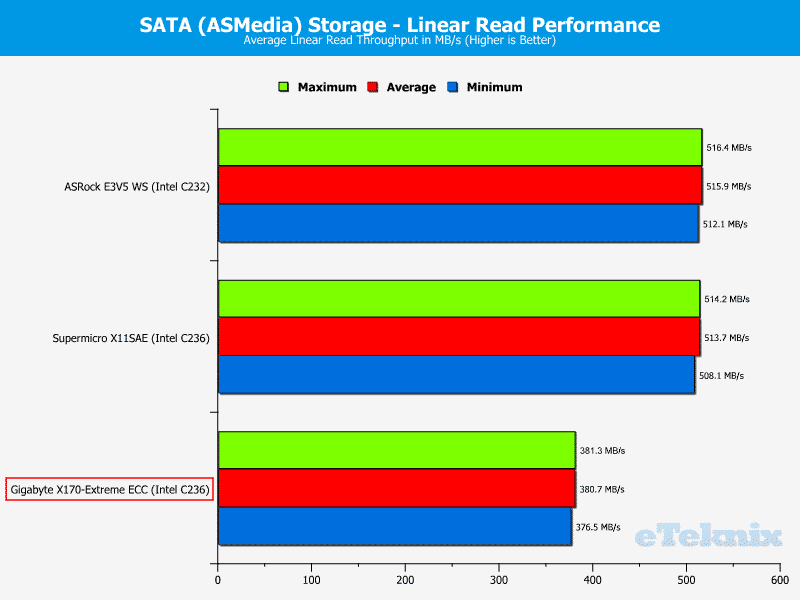
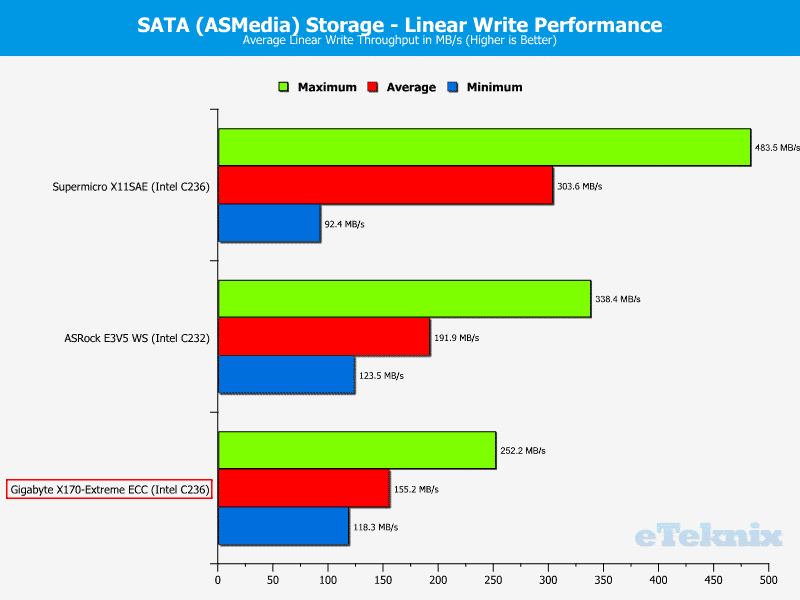
SATA (Intel) Performance
SATA is the somewhat traditional interface used by most drives. The Toshiba HG6 drive might not be the fastest, but it is a workstation drive and as such a good solution for a system build with a motherboard like this.
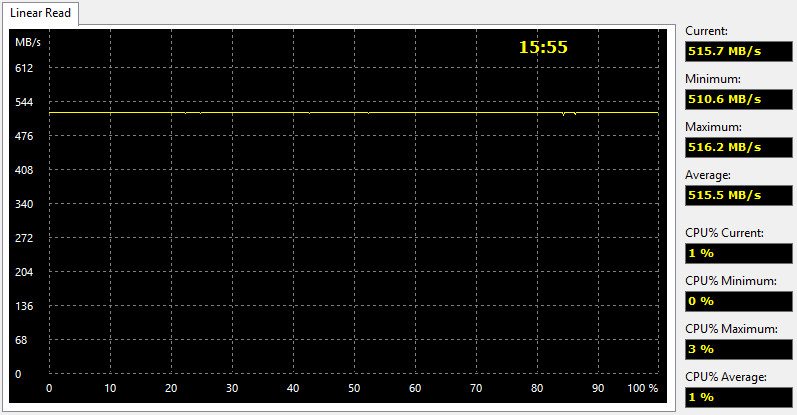
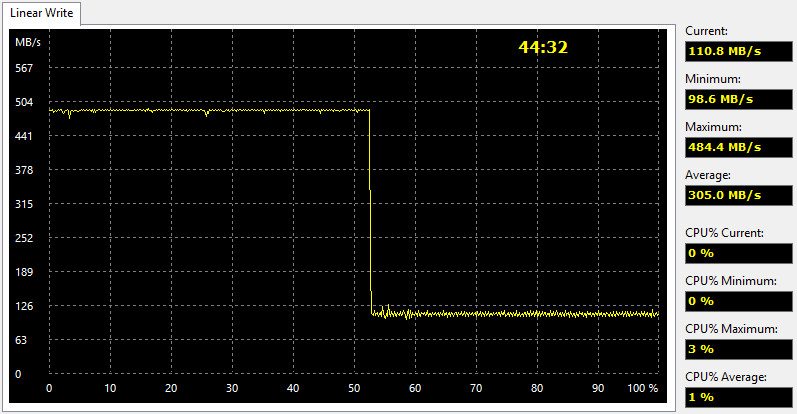
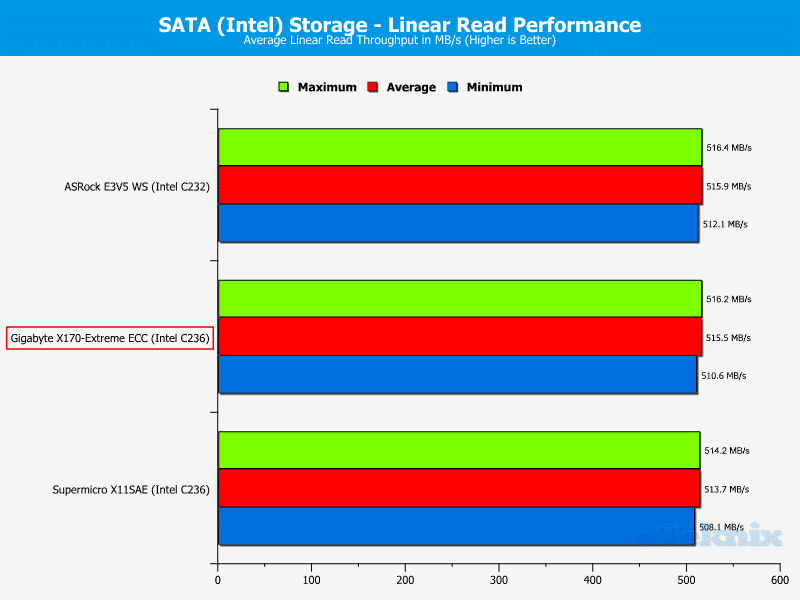
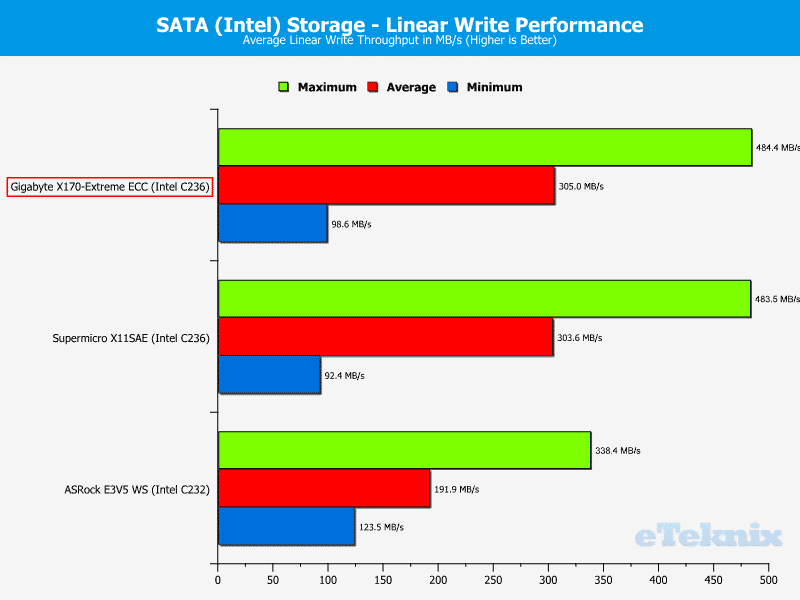
USB 3.0 Performance
The USB 3.0 platform is great for quick storage expansion as well as portable drives. It comes closer to an internal drive’s performance than the previous versions and is as such a viable option for backup too. I will be using the durable and highly portable Angelbird SSD2go Pocket for these tests.
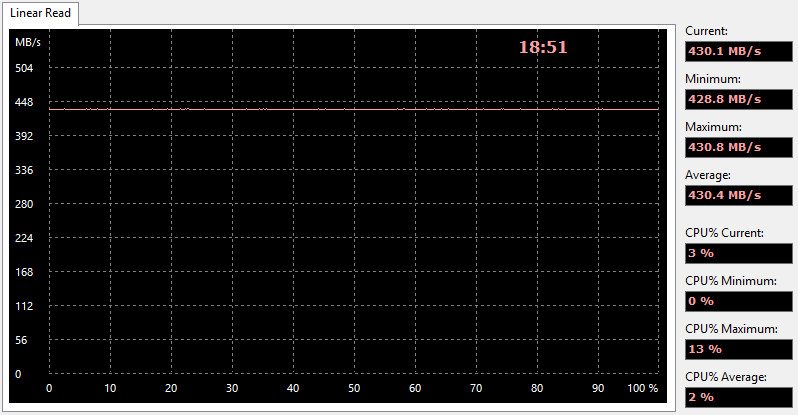
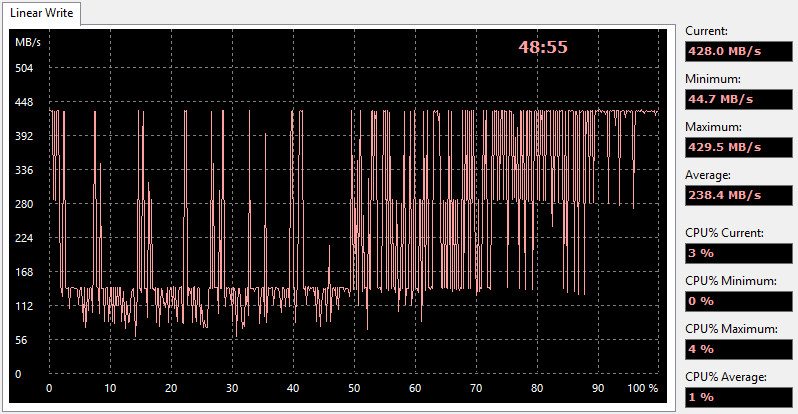
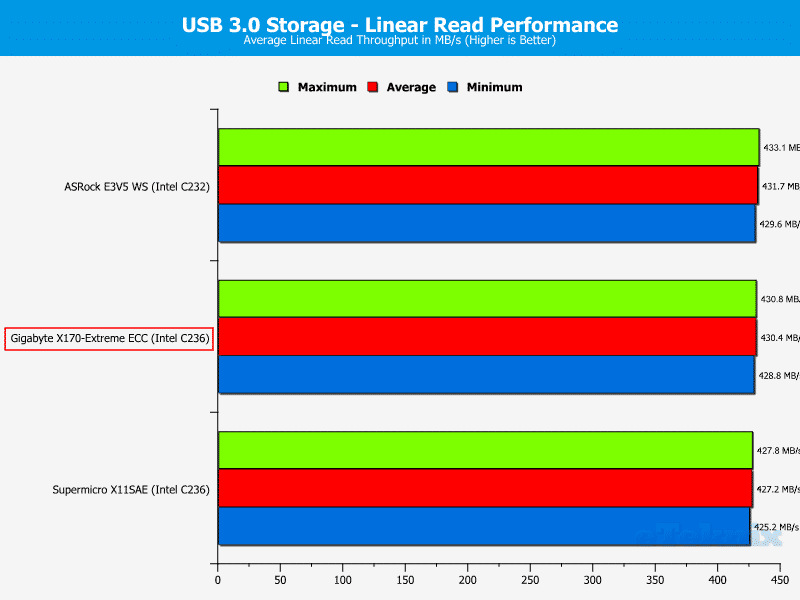
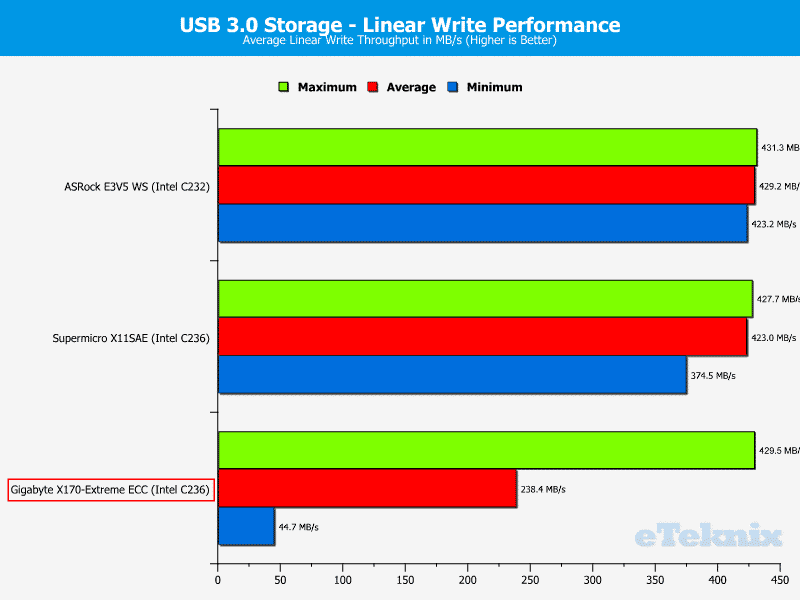
USB 3.1 Performance
USB 3.1 is the next generation of external connectors and it provides double the bandwidth over the previous generation. There aren’t really any drives that can utilize the full speed yet, so I’ll be using the same drive for these tests as I did for the USB 3.0.
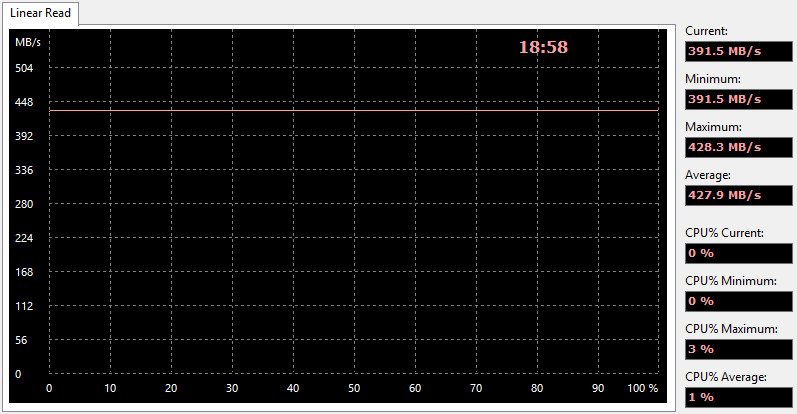
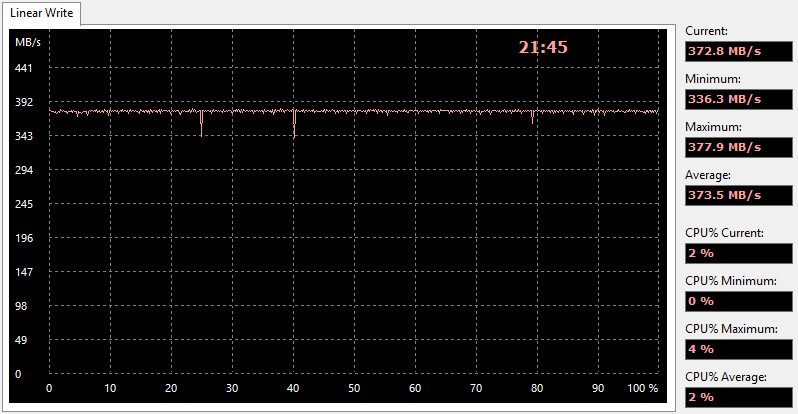
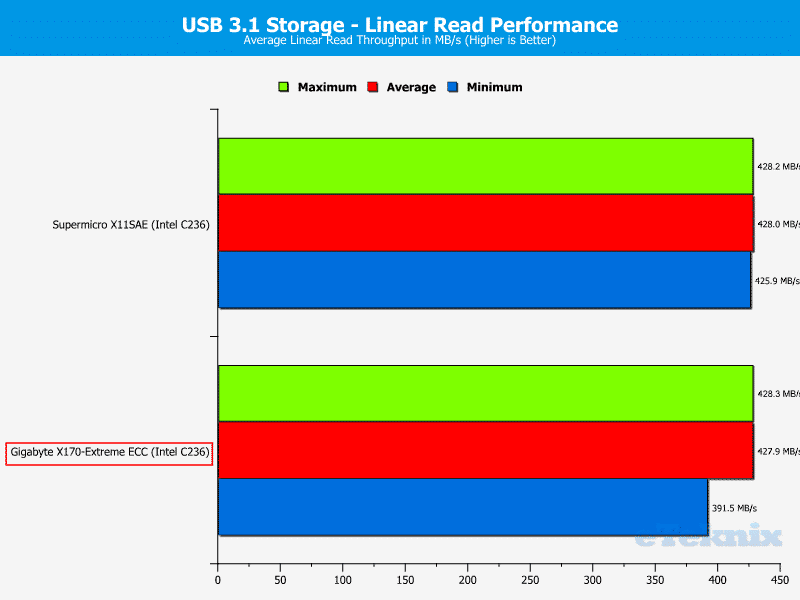
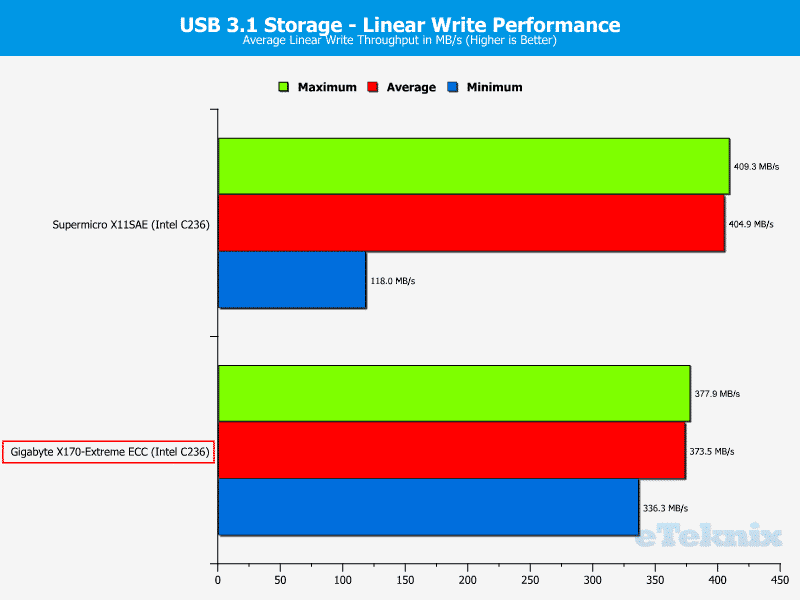
NVMe PCIe Performance
NVMe is the next generation of drives and they eliminate the bottlenecks created by the by now old SATA standard. These drives are the future for now and I’ll be testing those capabilities with the Intel 750 SSD with 1.2GB capacity.
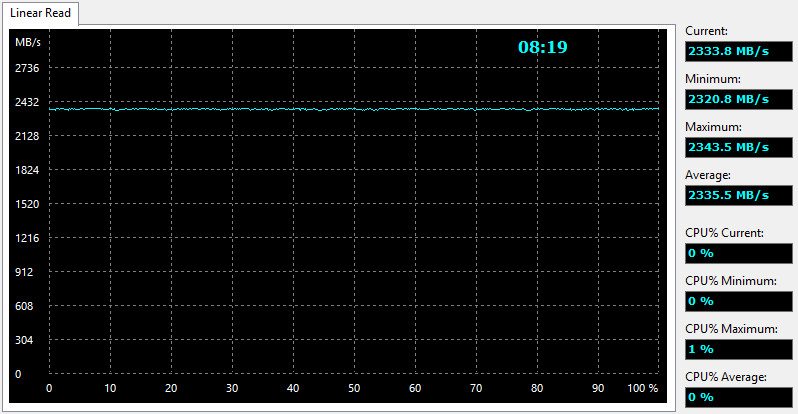
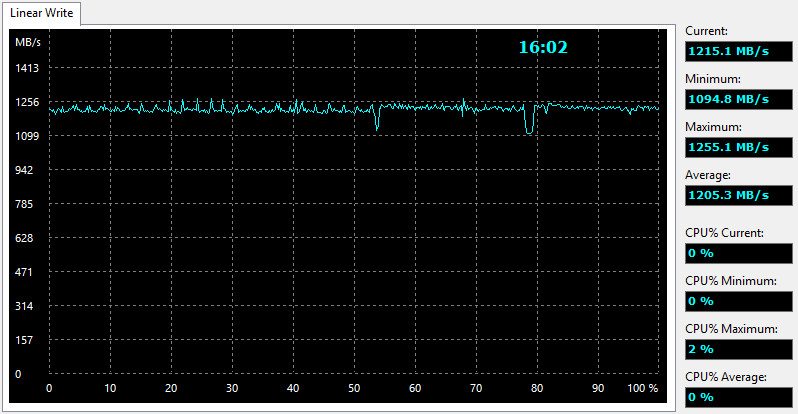
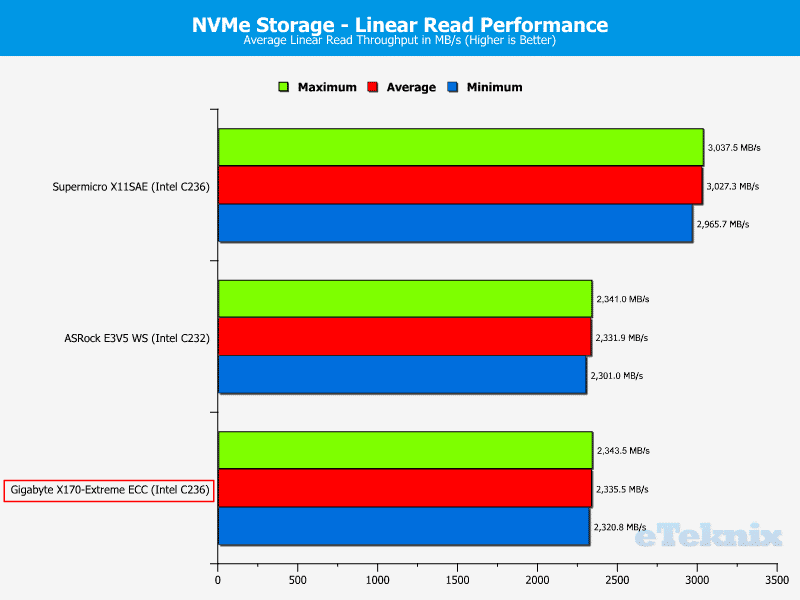
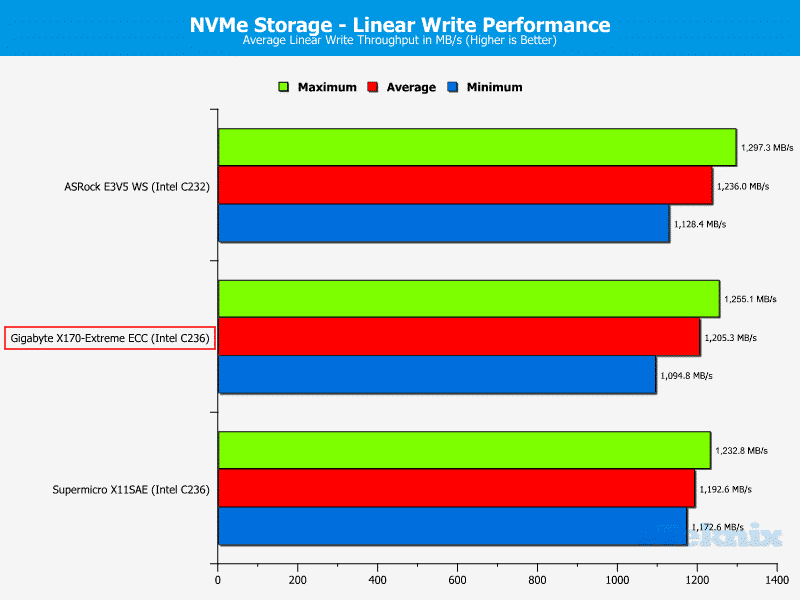
M.2 SATA
The M.2 slots are a brilliant way to get supreme storage speeds without the cable clutter and without the need for extra drive bays in the chassis. The availability of NVMe/PCIe based M.2 SSDs is still sparse, so I’ll be testing these slots with my Crucial MX200 500GB M.2 SSD.
